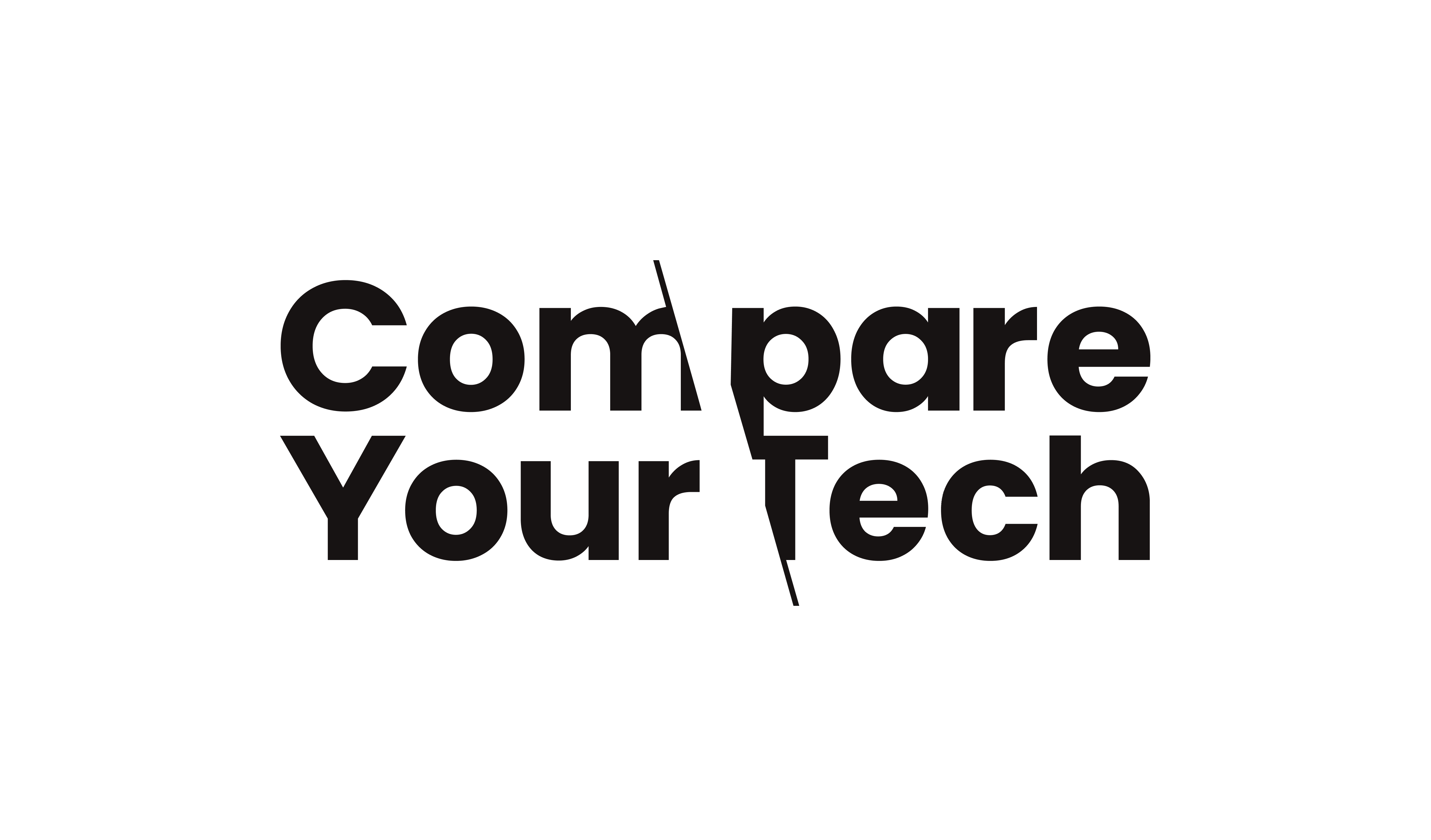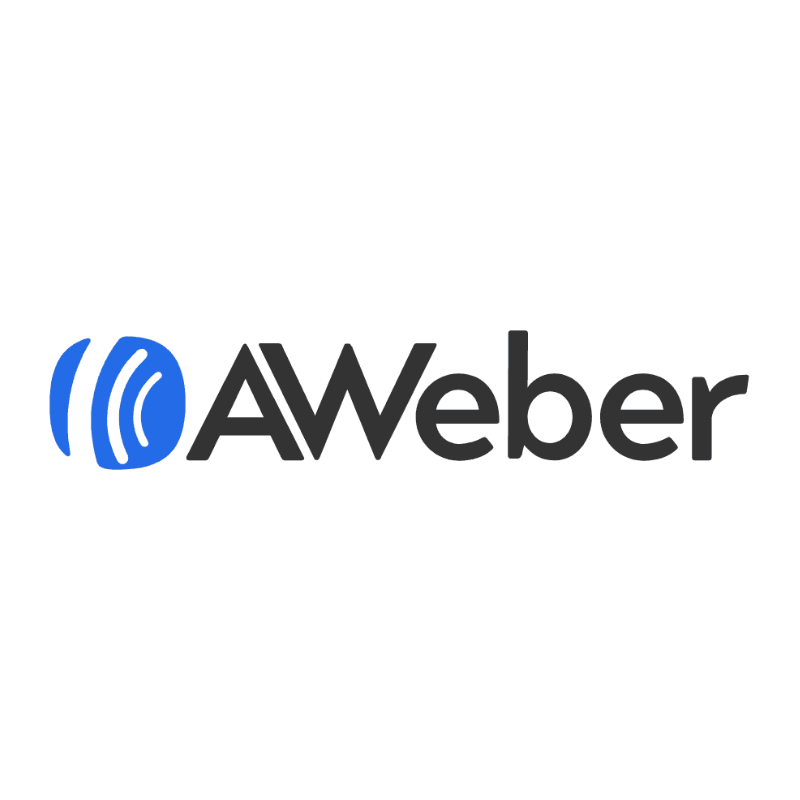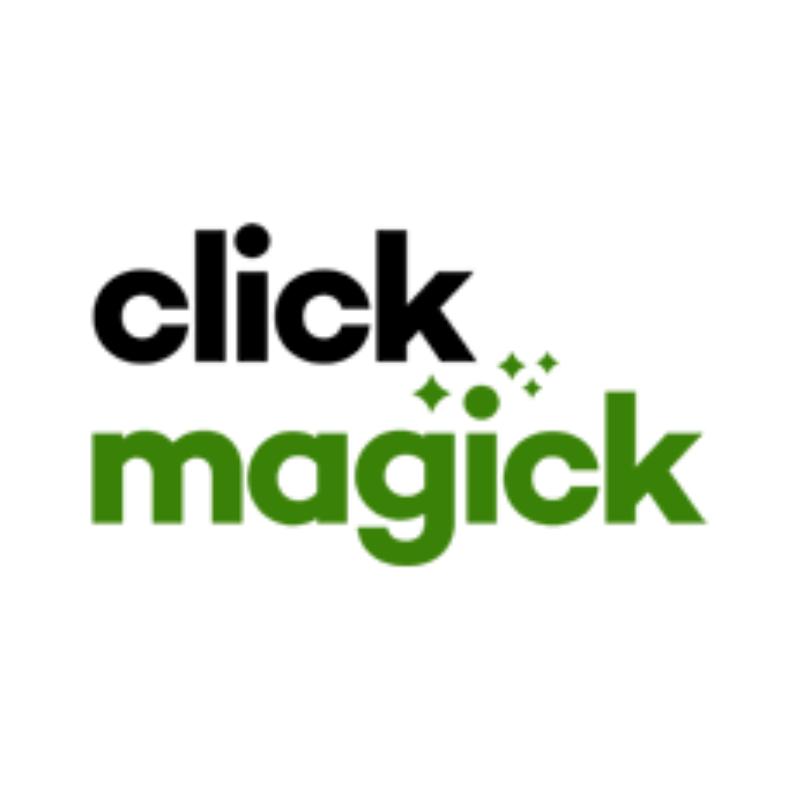Frequently Asked Questions (FAQ) about Reactflow
Who are Reactflow?
Reactflow is a software development company that provides a powerful library for building node-based user interfaces. It is designed primarily for React applications, enabling developers to create complex interactive diagrams and workflows with ease.
What are Reactflows products?
Reactflow offers a single main product, the React Flow library. This library allows developers to build and manage flow diagrams, graphs, and other visual representations of data, providing an intuitive way to create user interfaces that require dynamic visual elements.
What services do Reactflow offer?
Reactflow primarily provides its library for developers, including comprehensive documentation, examples, and community support. They focus on enabling developers to integrate their library into projects rather than offering additional services.
What type of companies do Reactflows products suit?
Reactflows products are suitable for a variety of companies, particularly those in software development, data visualisation, project management, and any sector requiring interactive data representation and complex workflows. Startups, SMEs, and large enterprises can all benefit from using React Flow in their applications.
How much does Reactflows product cost?
Reactflow is an open-source library, which means it is free to use. Developers can access and integrate the library into their projects without any licensing fees. However, companies may incur costs related to development and implementation depending on their specific needs.
Does Reactflow offer a free trial?
As Reactflow is an open-source library, there is no need for a free trial. Users can access the full functionality of the library without any charges or trial limitations.
What discounts does Reactflow offer on their products?
Since Reactflow is free and open-source, there are no discounts or pricing structures applicable. All users can access the full features of the library at no cost.
Are there any hidden fees or additional costs with Reactflow?
There are no hidden fees or additional costs associated with using Reactflow. The library is freely available, although users may incur costs related to development resources if they choose to hire developers or use third-party services.
Who uses Reactflows products?
Reactflows products are used by developers, software engineers, and teams working in various industries including tech startups, enterprise software companies, academic institutions, and any organisation that requires interactive visualisation tools.
What are the main features of Reactflows products/services?
The main features of Reactflow include:
- Customisable nodes and edges for building flow diagrams.
- Support for interactive features such as drag-and-drop functionality.
- Integration with React, making it easy to incorporate into existing React applications.
- Extensive documentation and examples to aid developers.
- Support for various layouts and custom styles.
How does Reactflow compare to its competitors?
Reactflow is known for its flexibility and ease of integration with React applications. While there are other libraries for building flow diagrams, Reactflow often stands out due to its active community support and comprehensive documentation. Competitors may offer different features or focus on other frameworks, but Reactflow is particularly valuable for React developers.
Is Reactflows platform easy to use?
Yes, Reactflow is designed to be user-friendly for developers familiar with React. The library offers straightforward APIs and extensive documentation, enabling users to quickly learn and implement its features.
How easy is it to set up Reactflows product or service?
Setting up Reactflow is relatively simple. Developers can install the library via npm and follow the documentation to integrate it into their projects. The provided examples also assist in understanding how to implement various features effectively.
Is Reactflow reliable?
Reactflow is considered reliable by users and developers, with a strong community backing and regular updates. Being an open-source project, it benefits from contributions and feedback from a wide array of users, enhancing its stability and performance.
Does Reactflow offer customer support?
Reactflow does not offer traditional customer support as a proprietary product might. However, users can access community support through forums, GitHub issues, and online discussions where developers share solutions and insights.
How secure is Reactflow’s platform?
Security primarily depends on how developers implement Reactflow within their applications. The library itself does not introduce inherent security risks, but developers are responsible for ensuring that their use of the library adheres to best practices in security and data protection.
Does Reactflow integrate with other tools or platforms?
Yes, Reactflow can integrate with various tools and platforms, particularly those that support React. This includes state management libraries, UI frameworks, and other JavaScript libraries that enhance functionality.
Can I use Reactflow on mobile devices?
Reactflow can be used in mobile applications as it supports responsive design and can be adapted for mobile interfaces. However, the implementation may require additional considerations for touch interactions and screen sizes.
What do users say about Reactflow?
Users generally praise Reactflow for its ease of use, flexibility, and the quality of its documentation. Many developers appreciate the ability to create complex diagrams without significant overhead.
What are the pros and cons of Reactflow?
Pros:
- Free and open-source.
- Excellent documentation and community support.
- Highly customisable and flexible for developers.
Cons:
- Limited official customer support.
- May require additional development time for complex implementations.
How can I purchase Reactflow’s services?
As Reactflow is free and open-source, there is no purchasing process. Users can download the library from the official website or GitHub repository and start using it immediately.
What is the cancellation or refund policy for Reactflow?
There is no cancellation or refund policy applicable to Reactflow since it is a free product. Users can choose to stop using the library at any time without any financial implications.
What are the common use cases for Reactflow?
Common use cases for Reactflow include:
- Creating interactive workflow diagrams.
- Visualising data flows in applications.
- Building project management tools that require visual representation of tasks.
- Developing educational tools that need to illustrate complex concepts.
Why choose Reactflow over other options?
Reactflow is particularly beneficial for developers using React due to its seamless integration and customisation capabilities. Its active community and extensive documentation provide additional support, making it a strong choice for those looking for a reliable library for flow diagrams.
How easy is it to set up Reactflow?
Setting up Reactflow is straightforward for developers familiar with JavaScript and React. The installation process and integration steps are well-documented, allowing for quick implementation.
Does Reactflow offer training or tutorials?
Reactflow provides documentation and example projects that serve as tutorials for users. While formal training is not offered, the resources available are comprehensive enough to guide developers through the learning process.
What languages does Reactflow support?
Reactflow is primarily designed for use with JavaScript and React. It does not have built-in support for other programming languages but can be integrated into applications written in any language that supports JavaScript, such as TypeScript.
What problems does Reactflow solve?
Reactflow addresses the need for creating interactive and complex visual data representations within React applications. It simplifies the process of building flow diagrams, making it easier for developers to implement and manage visual workflows.
Is Reactflow worth the investment?
While Reactflow is free, its value lies in the time and resources it saves developers in building interactive interfaces. For teams and companies using React, the library provides a robust solution for creating visual components, making it a worthwhile investment in terms of development efficiency.






Leave a Reply
You must be logged in to post a comment.